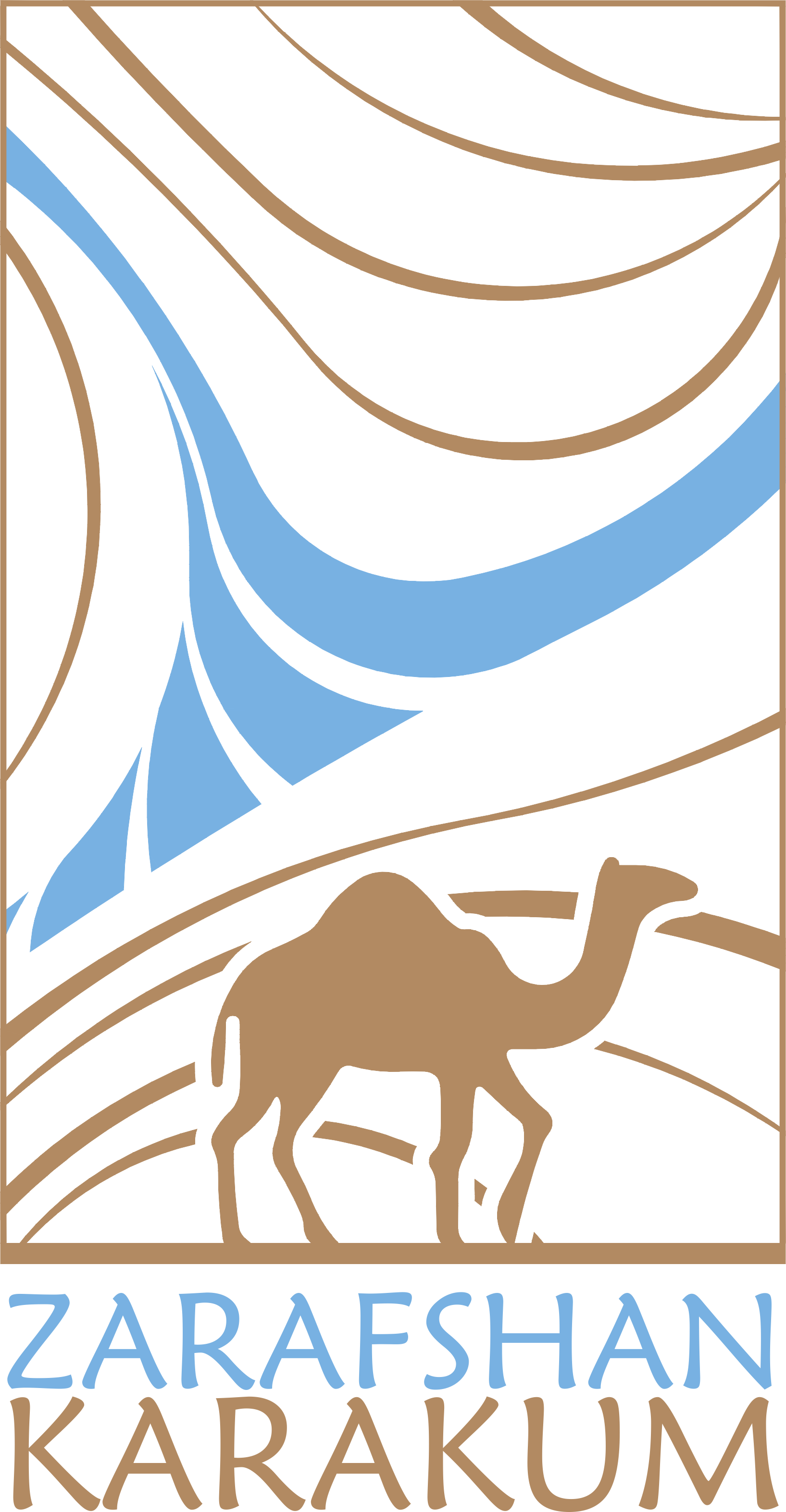TOWN OF THE ANCIENT PENJIKENT
The Town of the Ancient Penjikent is the best-preserved and most studied town of Sogdian culture, the primary reference site for Middle Asian city in 5th – 8th centuries.
TJ-09
Penjikent expedition
Town of the Ancient Penjikent
TJ-09
It was an important political, economic, cultural, religious and military center. The greatest volume of archaeological finds and architecture remains on the broad territory (more than a half of 13 ha site has been excavated). They are supplemented with most numerous and best-preserved examples of Sogdian monumental art, the murals, loess sculpture and wooden reliefs. The major part of the works of art was discovered not in the palace or temples, but in the houses of city folk, including the rich merchants active on the Silk Roads. The wide range of excavations of Penjikent during the last almost 75 years revealed complete residential blocks, streets, temples, citadel, palace, suburban villas and necropolis. Many residential houses were of two or three floors, with complicated architecture and decorations. The finds from Panjakent very often show close and distant trade and cultural relations, contacts with Persia, India, Turkic steppe, China, Byzantium, and later Arabs. In the religious sphere of Penjikent, for example, we witness a popular religion with Zoroastrian core and major influences from Mesopotamian, Greek and Indian creeds, as well as witnesses of Buddhist and Christian minority communities as well as Muslim presence since the 8th century. Penjikent represents town planning, fortifications, monumental art, exchange of trade goods and ideas along the Silk Roads. It murals and reliefs reflect the world-view of Sogdian city-folk and rulers, their religion, epics, festivities, ideas of beauty, contacts with other peoples involved in Silk Road trade. The archaeological site is also bearing witness to Islamization of the area, through archaeological materials and/or through written records.

